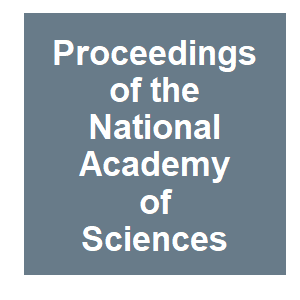Transgenic cotton and sterile insect releases synergize eradication of pink bollworm a century after it invaded the United States

|
B. E. Tabashnik, L. R. Liesner, P. C. Ellsworth, G. C. Unnithan, J. A. Fabrick, S. E. Naranjo, X. Li, T. J. Dennehy, L. Antilla, R. T. Staten and Y. Carrière,
Proceedings of the National Academy of Sciences,
118:e2019115118.
2020.

We report eradication of the pink bollworm, one of the world’s most damaging crop pests, from the cotton-growing areas of the continental United States and northern Mexico. A coordinated, multitactic program achieved this success a century after the pest invaded both countries. The program included releases of billions of sterile pink bollworm moths from airplanes and planting of cotton engineered to produce insect-killing proteins from the bacterium Bacillus thuringiensis. Analysis of computer simulations and 21 y of field data from Arizona indicate these two tactics interacted synergistically to suppress the pest. By eradicating the pink bollworm, the program ended the damage it caused to cotton and the insecticide sprays used to control it, yielding economic, environmental, and social benefits.Invasive organisms pose a global threat and are exceptionally difficult to eradicate after they become abundant in their new habitats. We report a successful multitactic strategy for combating the pink bollworm (Pectinophora gossypiella), one of the world’s most invasive pests. A coordinated program in the southwestern United States and northern Mexico included releases of billions of sterile pink bollworm moths from airplanes and planting of cotton engineered to produce insecticidal proteins from the bacterium Bacillus thuringiensis (Bt). An analysis of computer simulations and 21 y of field data from Arizona demonstrate that the transgenic Bt cotton and sterile insect releases interacted synergistically to reduce the pest’s population size. In Arizona, the program started in 2006 and decreased the pest’s estimated statewide population size from over 2 billion in 2005 to zero in 2013. Complementary regional efforts eradicated this pest throughout the cotton-growing areas of the continental United States and northern Mexico a century after it had invaded both countries. The removal of this pest saved farmers in the United States $192 million from 2014 to 2019. It also eliminated the environmental and safety hazards associated with insecticide sprays that had previously targeted the pink bollworm and facilitated an 82% reduction in insecticides used against all cotton pests in Arizona. The economic and social benefits achieved demonstrate the advantages of using agricultural biotechnology in concert with classical pest control tactics.Data are available in the tables of the SI Appendix. More related to this: Evaluation of genetically modified mosquitoes for the control of vector-borne diseases A century of bias in genetics and evolution
|



